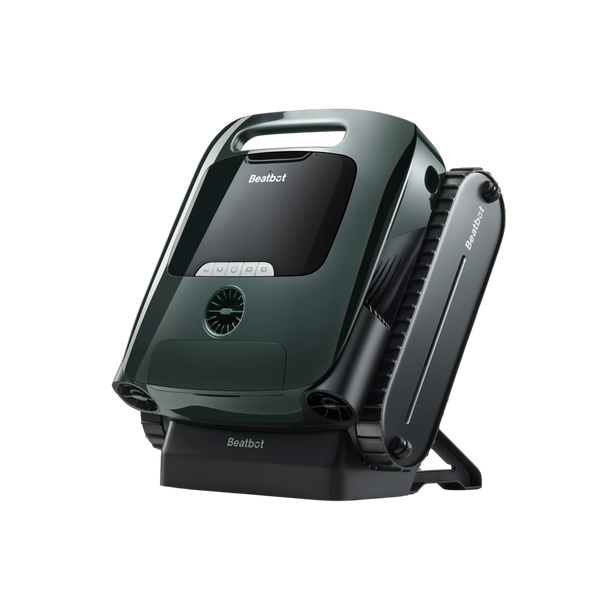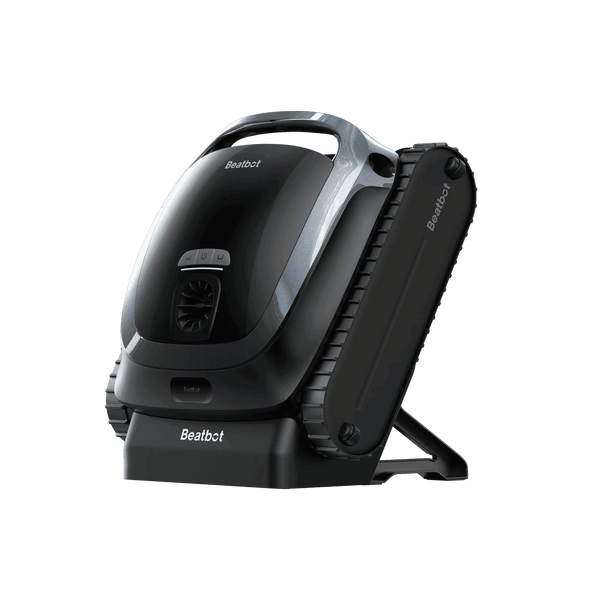Sourcing Water for Your Pool: A Guide to Options, Costs, and Efficiency
In a hot summers day, you walk outside and there it is, the jewel of your backyard, your very own pool, shimmering on the surface like all the diamonds in Vegas. Ever thought where that sweet agua comes from though? So here are the secrets of sourcing enough water for your pool, because every drop counts.Not just water, we are talking about the very core of your pool experience. We'll take you through your options, the pricing and the effectiveness of each so you can decide which is best for your own little oasis.
Table of content

Understanding Your Water Needs
Pool Size and Water Volume
The first is to determine how much water your pool holds. This directly influences the gallons or the truckloads of water that you will require, and that, of course, it affects your costs. Bigger swimming pools — common for many American homes will automatically need more water and possibly more money to fill.
Partial vs. Full Filling
Filling up a whole pool costs WAY more than just refilling the loss of water film vaporization, leaks, and repairs. If your pool is leaking or you have considerable evaporation, much more of the month in hot and dry places like parts of California — this can increase your water needs and costs dramatically.
Geographical Location
One of the most important factors affecting the cost of water supply is your location in the U.S. Certain regions, particularly drought susceptible ones or ones with inadequate water resources, might charge more for water. California water prices, for example, have historically gone up with the weather and water shortage.
Choosing Your Water Source
City Water
City water is the first choice of water for many of the pool owners, and there is no argument over that. It's pre-chlorinated and ready for use, which means less work for you in terms of chemical balancing. Unfortunately, this convenience is not free. The price of pool water per unit has been climbing to mirror greater installation values or expenses. City Water to fill a pool may cost anywhere from $4 to $10 per 1000 gallons, and local policies may waive sewer fees on overflow water. Note that pricing can be specific to your area, so make sure to check with your local water provider for the most up-to-date prices.
Well Water
This can be a cheaper option for anyone who has a well on their property. But well water needs extra processing before it can be as safe as city water. The water may have a higher mineral content, which can make it hard and lead to scale formation in your pool. The electricity costs to run the pump to fill your pool can be between $25 and $75. If using well water for the pool, make sure to have it tested for its makeup—chemical composition—and treat it before it goes in the pool.

So, if convenience and fuss-free experience is the thing, city water is the answe It is treated, safe and fairly easy to get your hands on, but can be pricey. But if you plan to make cost-effective wells with treatments and pump, it may be cost-effective or mediation damage all in just, you must understand that a lot.
Filling Methods
Garden Hose Filling
The cheaper option, and will cost you anywhere from $40-$200 for a pool holding 10,000 to 20,000 gallons. Depending on how quickly you can flow the water and the size of your pool, this process can take 12 to 36 hours or longer for larger pools. While a time-consuming process, it is ideal for smaller sized pools, or for replenishing after water lost due to evaporation or a leak.
Water Delivery Service
If you need to fill your pools quickly or do not have plenty of access to water, a water delivery service will definitely save you. Pricing for this is on the expensive side ($300–$2000 for similar sized pools). It's a lot quicker, often under an hour to fill a pool, but it isn't the cheapest alternative. Perfect for bigger pools, or to have it done quickly, like before a weekend pool party or during a heatwave.

Professional Advice
Understanding Flow Rates
Fill time is vital in order to calculate it so understanding the flow rate of your water source is key. The average garden hose has a flow rate of approximately 5 to 10 gallons per minute (GPM) whereas filling from a fire hydrant can be flowing as high as 30 to 100 GPM. A hired water truck can deliver 1,000 gallons or more in a matter of minutes, usually 20 minutes for a full truck.
Efficient Filling Strategies
Anticipate and fill during times when your pool provider has lower rates — it will ensure a smoother transition. And as for the heat, since it evaporates faster when it's warm, you can cover the pool with a tarp to hold water and keep things efficient.
Using a Filter
Keeping your pool water clean as it fills is a great idea, so it is also a very good practice to run your pool’s filter during the pool filling process.
Final Thoughts
When it comes to filling your pool, it is not as simple as just turning on a tap—we’re talking about a decision impacting your lifestyle and the wallet. Pause to reflect on your choices, and keep in mind, what works for your neighbor may not work for you. However, by knowing what water you need and the cost, you can turn your pool into the oasis you always wanted for less.
Relative Blogs
About the author


















